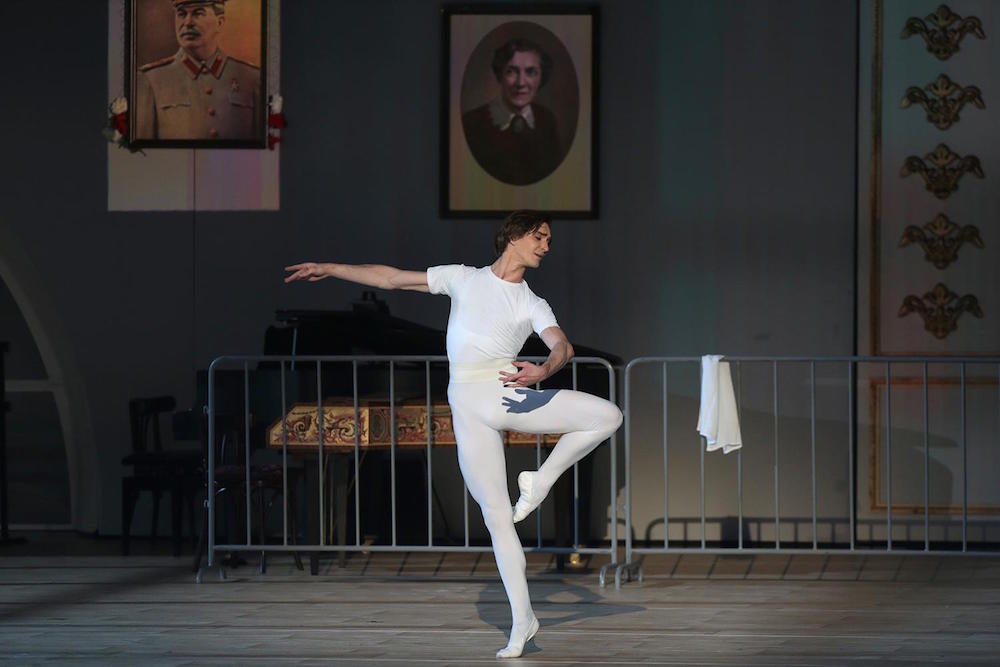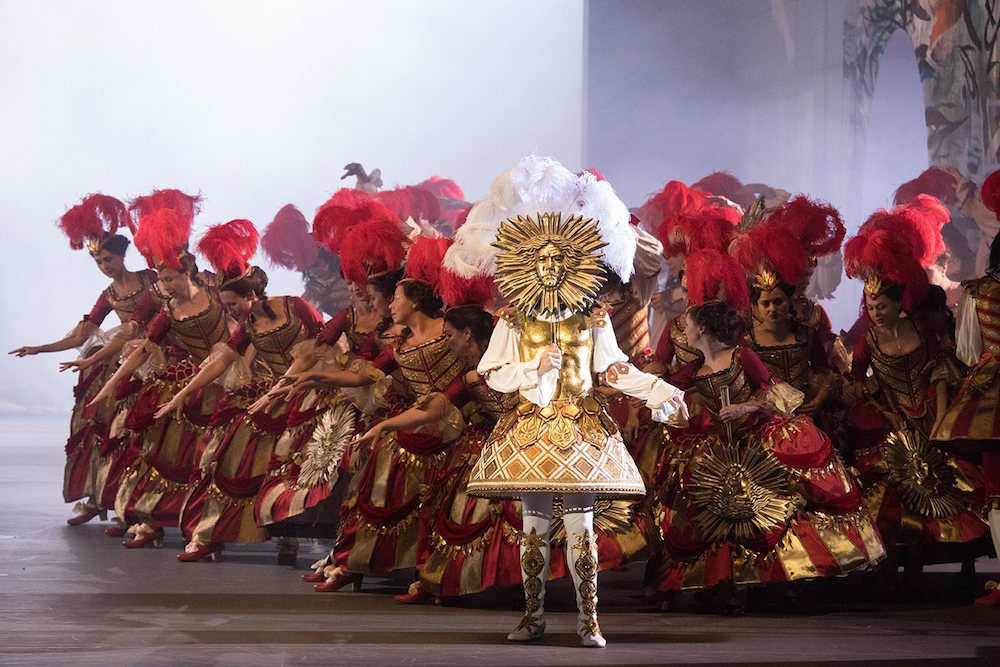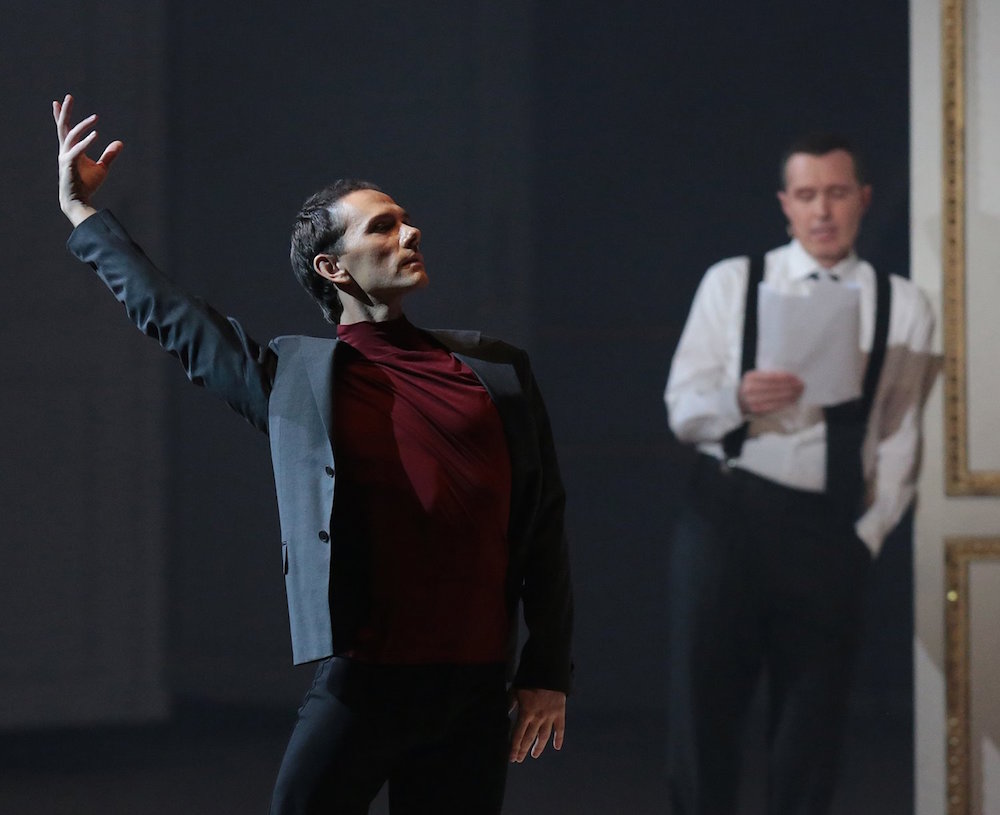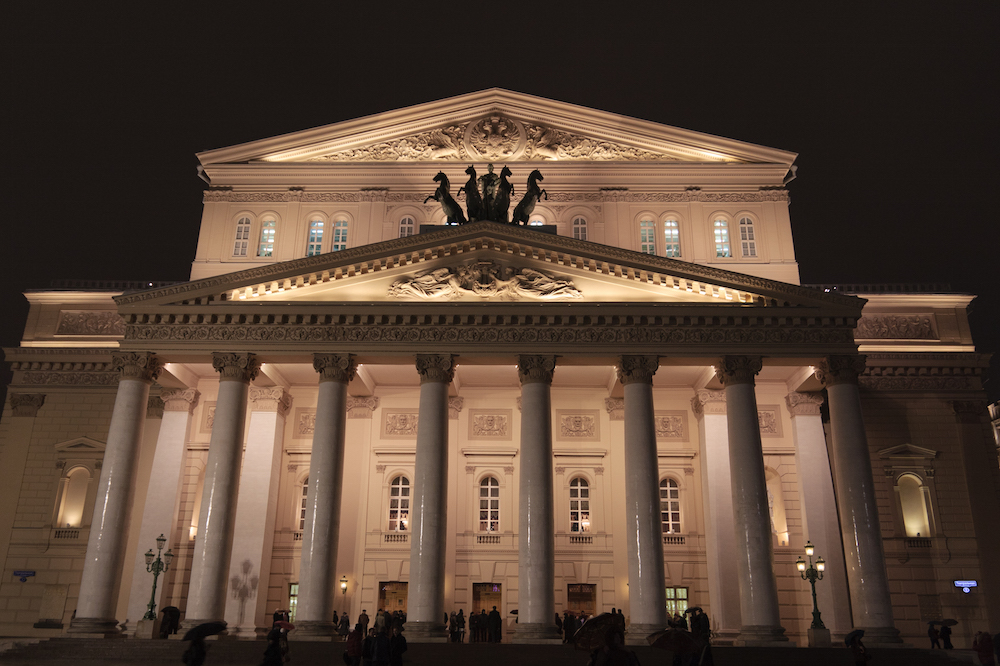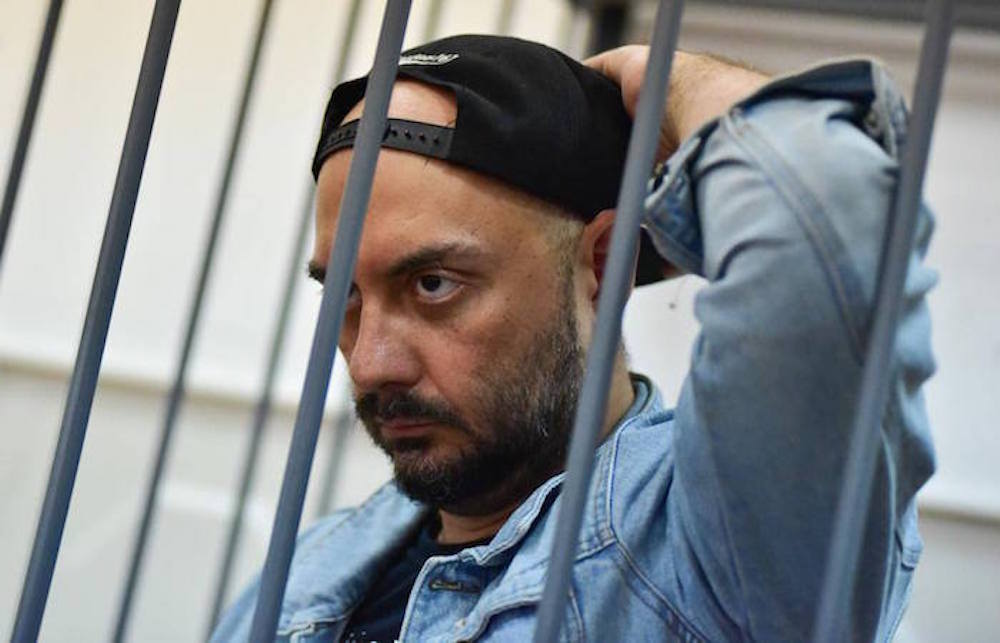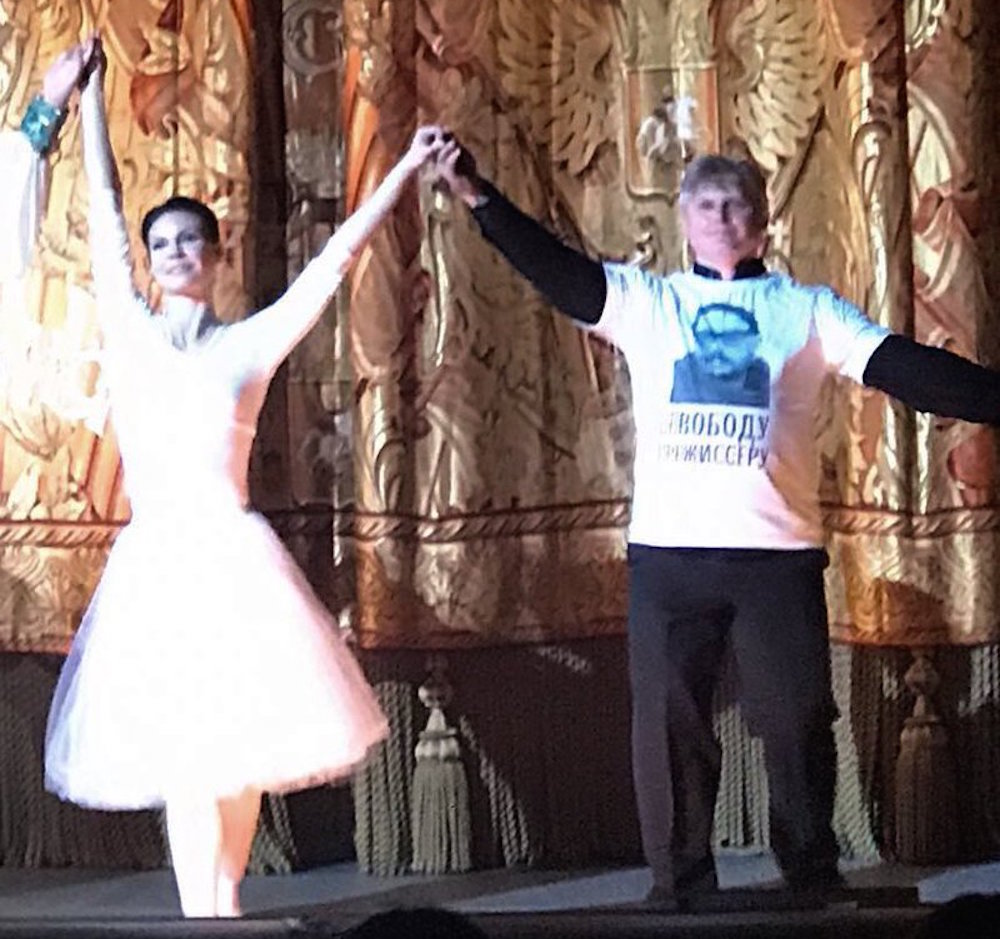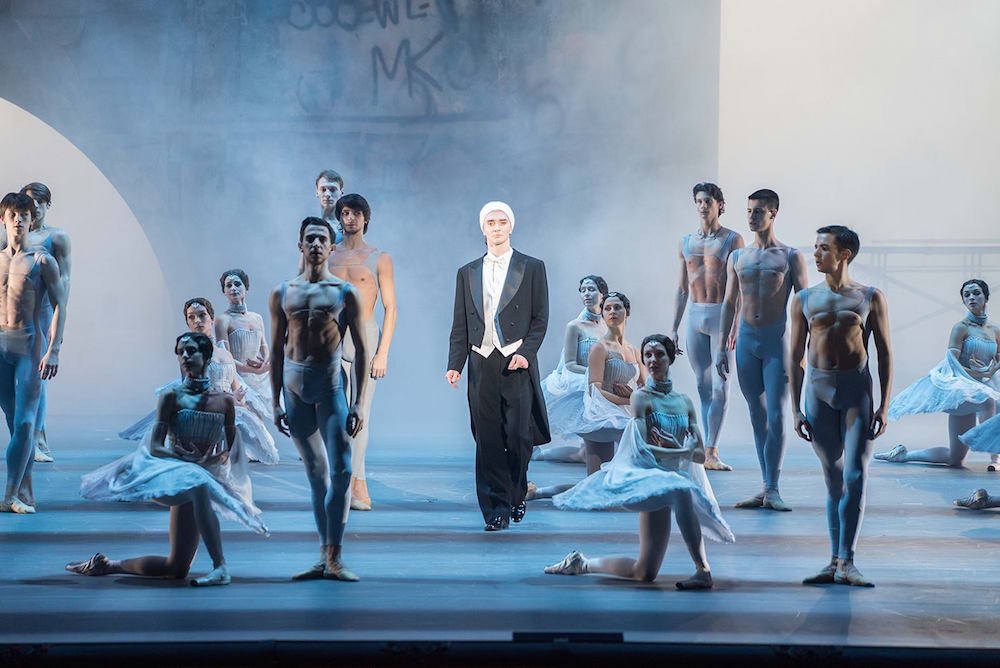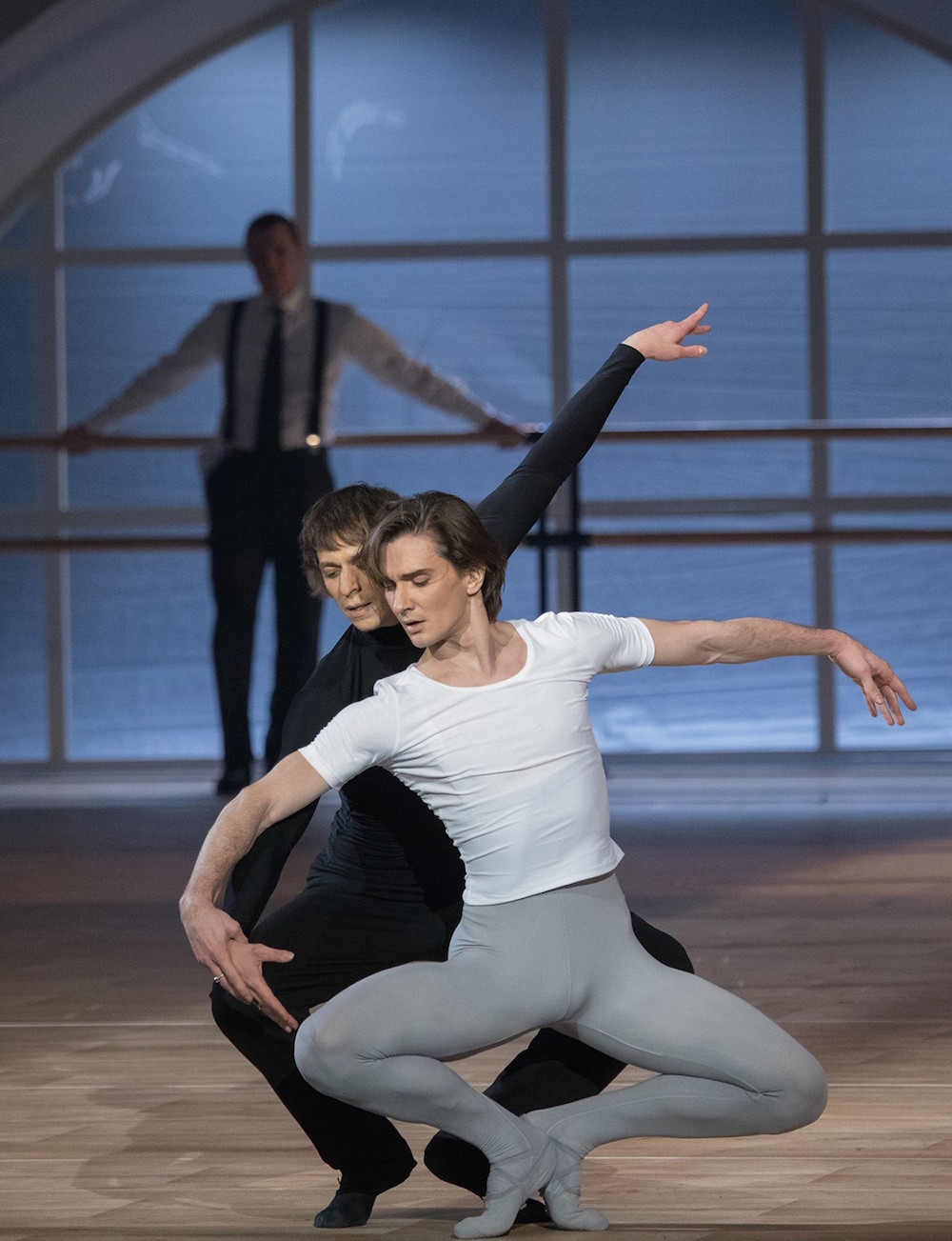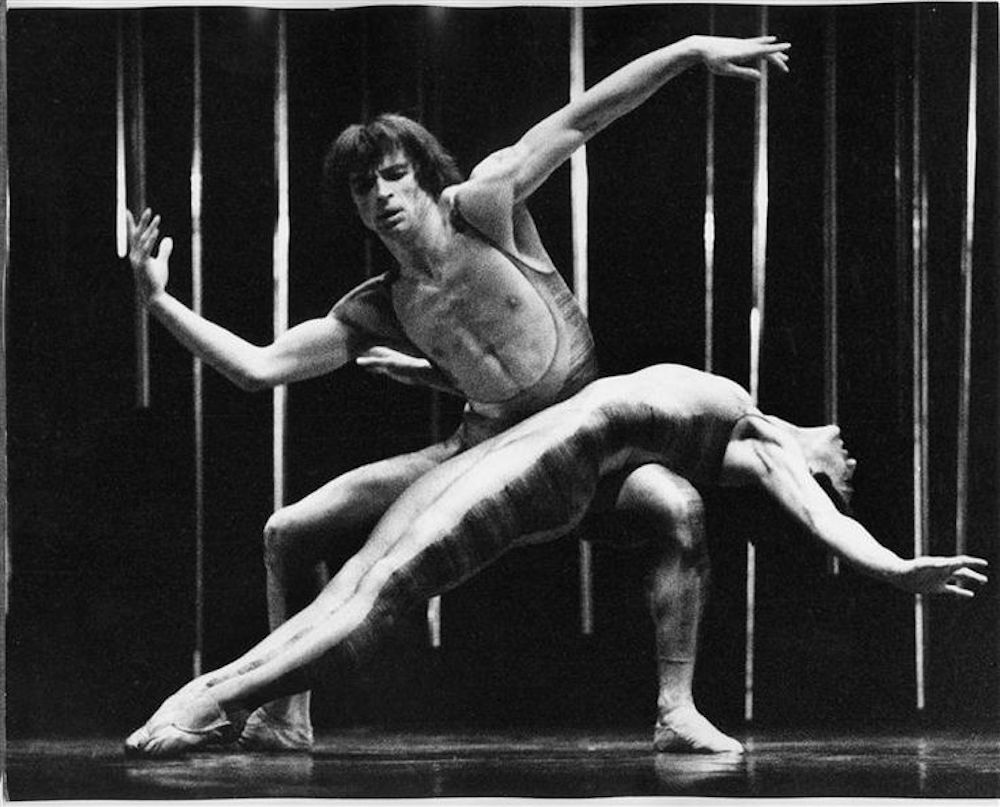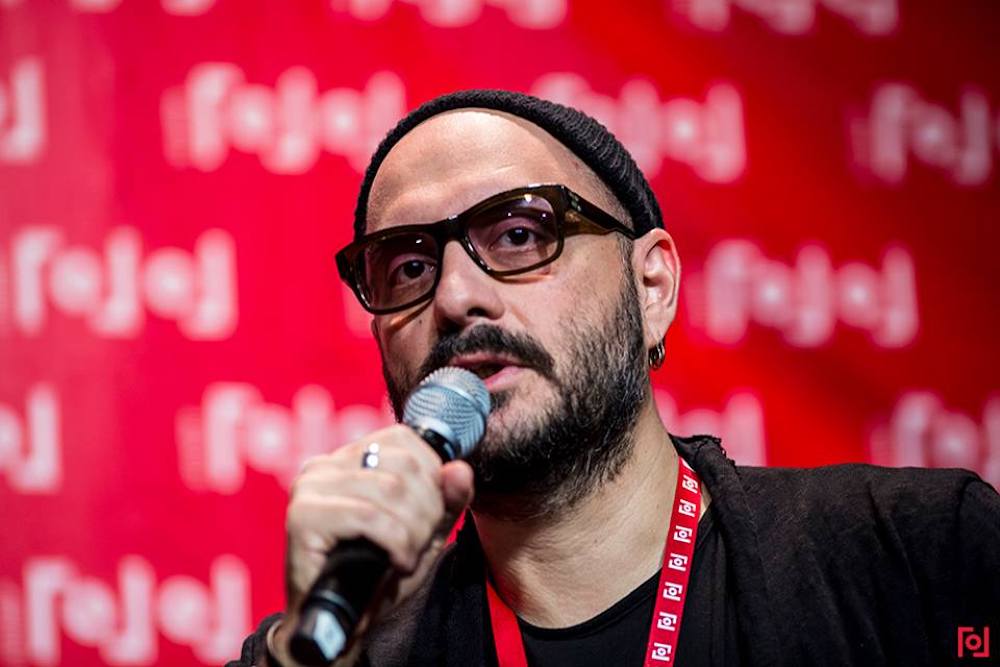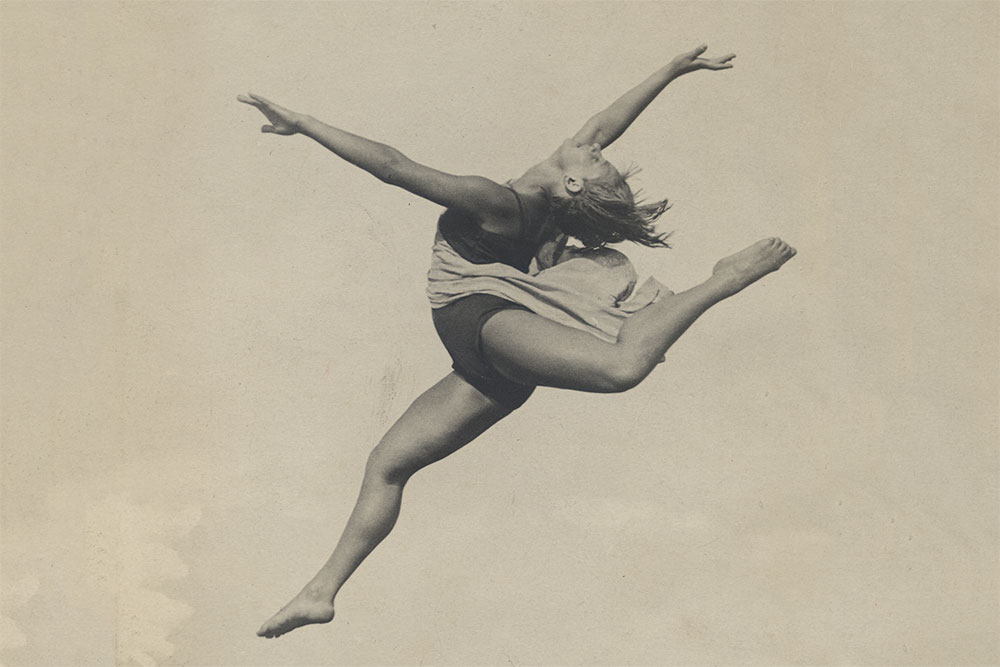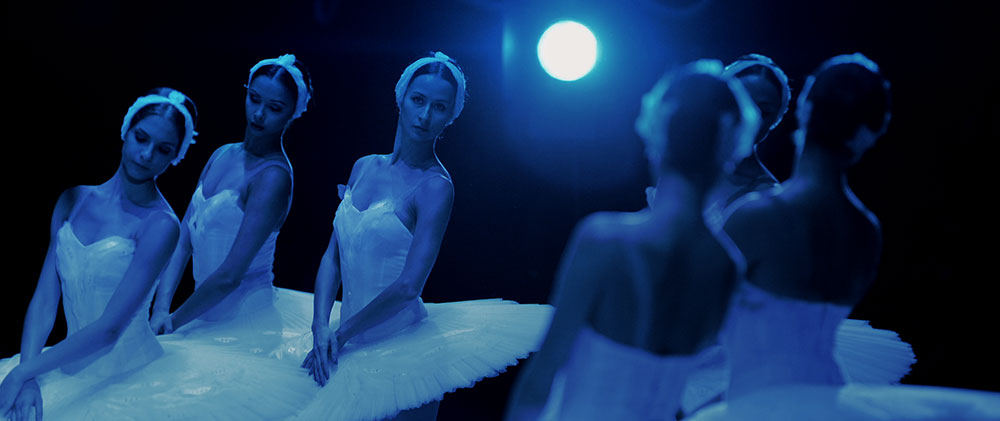Nureyev: Kirill Serebrennikov’s Bolshoi ballet about the firebrand dancer is finally unleashed
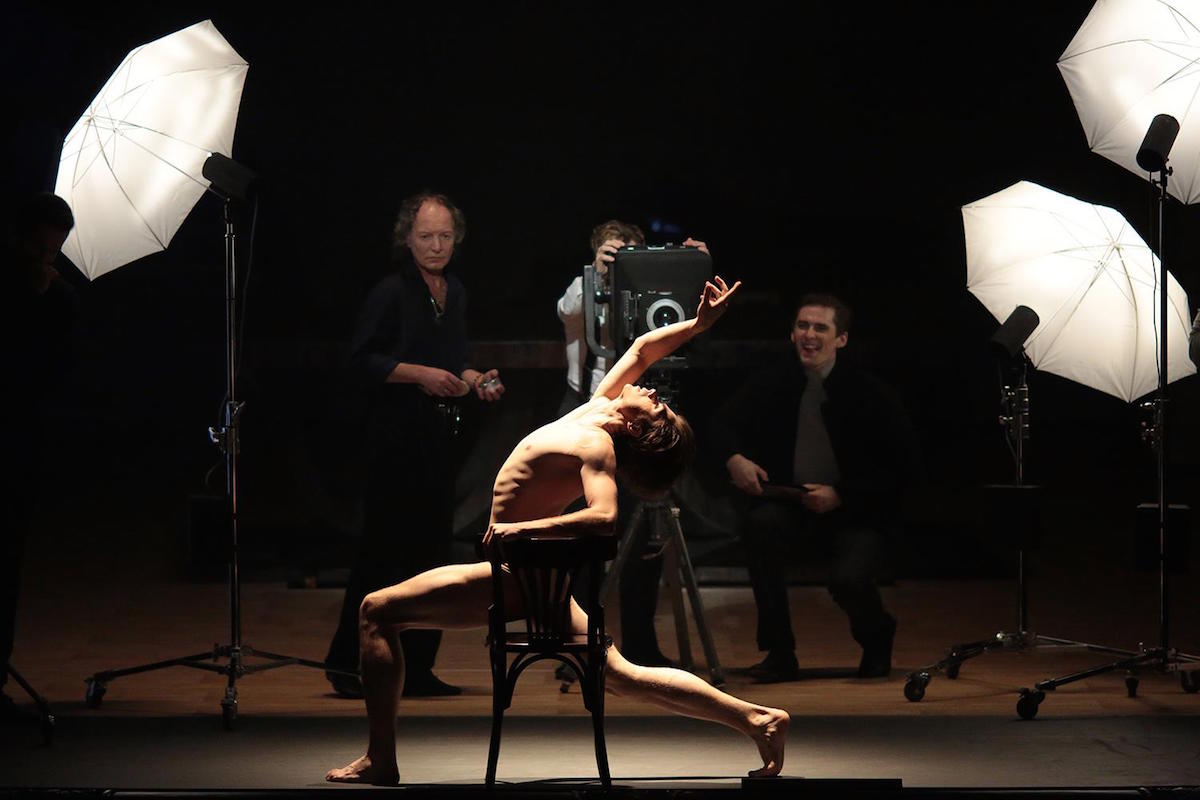
With its director Kirill Serebrennikov under house arrest and following a torturous production history, Nureyev finally premiered on the main stage of the Bolshoi last weekend. Is this tale of the prodigious ballerino and Soviet defector worth the wait — and will Serebrennikov’s story overshadow its subject matter?
On the opening night of Nureyev, the Bolshoi’s new ballet about the great Russian dancer, a surreal combination of crème de la crème, curious tourists, and diehard ballet fans packed into the historic theatre to see its most anticipated show in years. The scandal-plagued production is directed by Kirill Serebrennikov, who has been under house arrest since August after being charged with misappropriating state funds. While the ballet makes sardonic digs at authority and shows plenty of skin, its carefully managed brand of rebellion swipes at established targets while stressing its pride in Russian culture. Serebrennikov’s arrest, a foolhardy case of official overreach, has transformed him from court jester to dissident icon — as evidenced by the wild applause when the production team emerged for the curtain call in “Free the Director” t-shirts.
The saga of Nureyev, which premiered on 9 December, has become one of the country’s biggest scandals. Staging a ballet about the life of a gay Soviet superstar who defected to the West is a highly unusual move in Russia, where the “propaganda of homosexuality” to minors is prohibited; it is even more surprising for the Bolshoi main stage, whose repertoire is heavy on traditional fare such as Swan Lake. The ballet was initially scheduled to premiere in July. Shortly after Serebrennikov was brought in for questioning, the Bolshoi’s director, Vladimir Urin, announced that its debut was canceled due to a lack of preparation. Tongues wagged that conservative Minister of Culture Vladimir Medinsky had given it the axe. However, in a surprise reversal, last month the theatre announced that Nureyev was back on. Several hundred tickets sold out within hours, with the rest going to the Bolshoi’s highly placed patrons.
Nureyev, known for having the beauty of a Michelangelo sculpture and the temperament of a caged tiger, was born on the Trans-Siberian Railroad in 1938. He grew up in Ufa, a city in the republic of Bashkiria, and trained in Leningrad in the years after Stalin’s death. In 1961, he joined the city’s Kirov Ballet on its official tour to Paris. One of Nureyev’s highlights is its breezy recreation of the dancer’s youthful encounters with French cafes, complete with gender-bending costumes and an onstage jazz band. At the end of the trip, Nureyev refused to return to his handlers. The resulting media firestorm became one of the biggest spectacles of the Cold War; according to a 2007 BBC documentary about the dancer, the KGB considered breaking his legs. Nureyev went on to lead an enormously productive creative life, dancing and directing at the Paris Opera Ballet, the Royal Ballet and others before dying of complications from an AIDS-related illness in 1992. Nureyev, which was choreographed by Yuri Possokhov and composed by Ilya Demutsky, is structured around the auction of his extravagant possessions, which included a private island.
On a gray morning in November, several hundred fans (myself included) lined up outside the Bolshoi in hopes of scoring a ticket to the un-cancelled ballet. Some had arrived as early as 3am to secure their place in line. Nureyev’s saga seemed to invite reflection on the merits of Russia versus the West. Two Russian pensioners I met in line praised the Soviet Union’s achievements and shook their heads at the American bombing of Hiroshima; nearby, an American man opined about Russian corruption to a patient female companion.
On opening night, Putin’s spokesman Dmitry Peskov and former finance minister Alexei Kudrin were among the high-placed figures who took their seats in the audience. Serebrennikov was confined to his Moscow apartment, having been forbidden from attending his own premiere. In the upper balconies, fur coats and Botox gave way to the scruffier ranks of regular fans. Once the curtain went up, Nureyev revealed the hallmarks of a typical Serebrennikov production: nudity, over-the-top costumes and impish mockery of authority. In one of the ballet’s big set-pieces, the scene of Nureyev’s defection, red- and white-frocked members of the Soviet youth organisation frolic as a soloist sings a pompous ode to the motherland: “It’s given to you, you can’t reject it.”
In what is said to be a toned-down version of the original staging, Nureyev (played by Vladislav Lantratov) poses for photographer Richard Avedon, playfully flashing his robe open and closed while never quite revealing all. In another scene, Nureyev’s impressive collection of oil paintings featuring male nudes is projected on the wall while shirtless male dancers prance in S&M-style gear. No one batted an eyelid, and ballet critics gave the show rave reviews. Peskov himself said he “really liked it”.
By portraying gay love as beautiful and dignified, the ballet transcended its buffoonery and did justice to its subject
Though his story is typically narrated in the West as that of a lone genius’s defiant leap into freedom, Nureyev, like Serebrennikov today, was embedded in networks of state power and patronage that were key to his success. While Nureyev possessed preternatural talent and energy, he also benefited from the state support that funded his ballet training and foreign tour. Serebrennikov enjoys a reputation as an iconoclast, and his Gogol Centre puts on Moscow’s most cutting-edge productions. His version of Pushkin’s Little Tragedies, one of the capital’s hottest tickets this fall, begins with a man being ripped apart by a chainsaw, followed up with a performance by Russian rapper Husky. But Serebrennikov’s shows are enabled by support from the political and cultural elite, who applaud his antics. His 2011 version of The Golden Cockerel, also at the Bolshoi, turned Rimsky-Korsakov’s opera into an obvious parody of Russia’s leaders. The result? He was invited back to direct a popular 2015 staging of A Hero of Our Time.
Serebrennikov’s style raises eyebrows without alienating donors. Nureyev is funded in part by Putin-allied billionaire Roman Abramovich, who is rumored to have personally intervened to save the production. If the ballet pokes fun at patriotism, it ultimately embraces it; a testament to Nureyev by ballerina Alla Osipenko, which is read aloud onstage, concludes by noting that he always remained a deeply Russian dancer. The director’s work does not threaten the status quo, as revealed by the insider audience who assembled to watch it. If anything, it should serve as a state PR asset: “Look at the kind of iconoclasm permitted a stone’s throw from the Kremlin!” His senseless arrest has stifled his talent to no apparent end other than providing more grist for foreign media’s anti-Russia mill, which tends to conflate Ivan the Terrible, Stalin and Putin in a timeless hydra of authoritarianism.
Overshadowed by the press hoopla, the most surprising moment in Nureyev is its quietest and most intimate scene. At the end of act one, Nureyev performs a mournful pas de deux with Erik Bruhn (played by Denis Savin), his Danish partner who died of lung cancer in 1986. During other shows in the Bolshoi’s balconies, I’ve witnessed fellow audience members eating and watching football on their smartphones. Here, however, the room was completely rapt. By portraying gay love as beautiful and dignified, the ballet transcended its buffoonery and did justice to its subject. This scene is more elegant than what was called for in Serebrennikov’s libretto (which had Bruhn hurling an ashtray at a mirror), and is a testament to Possokhov’s choreography.
Nureyev’s final years are treated more hesitantly. At the ballet’s end, the feeble dancer descends into the orchestra pit, a recreation of his 1991 appearance at the Vienna Symphony Orchestra several months before his death. However, the cause of his illness is never mentioned. In any case, the moment is forgotten in the final standing ovation, when Serebrennikov’s fate takes centre stage.
